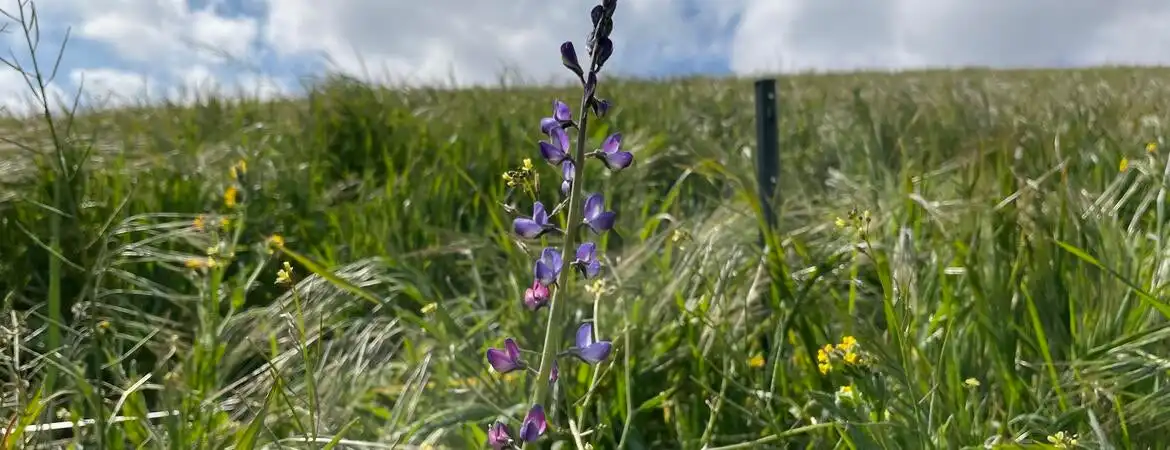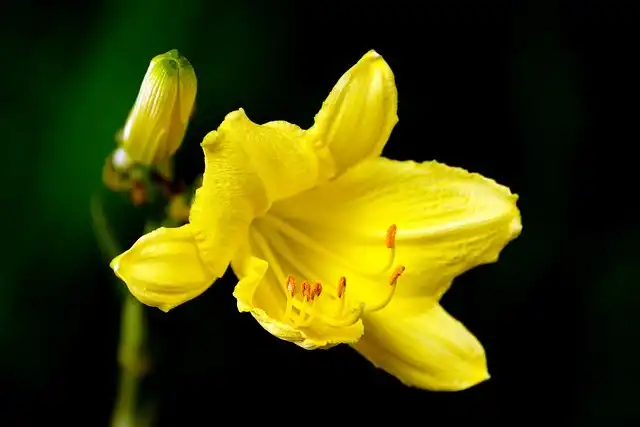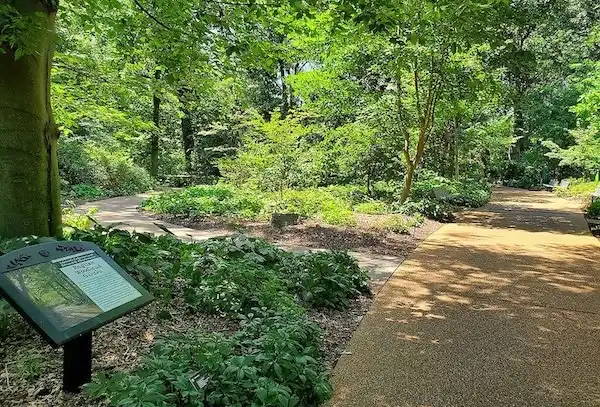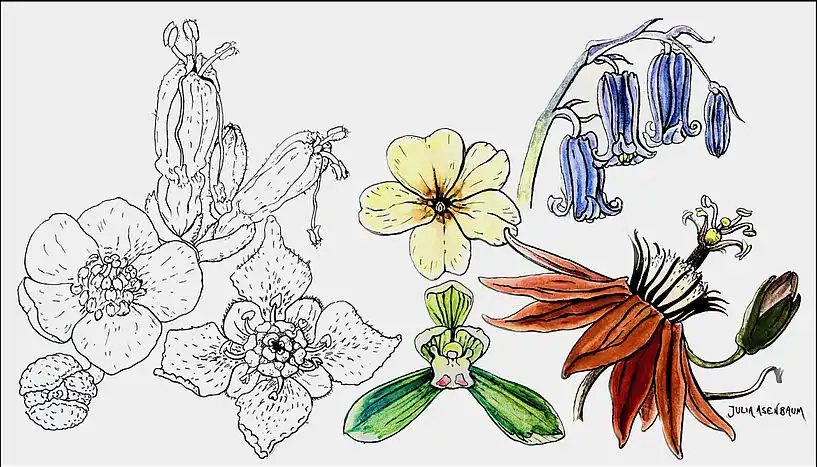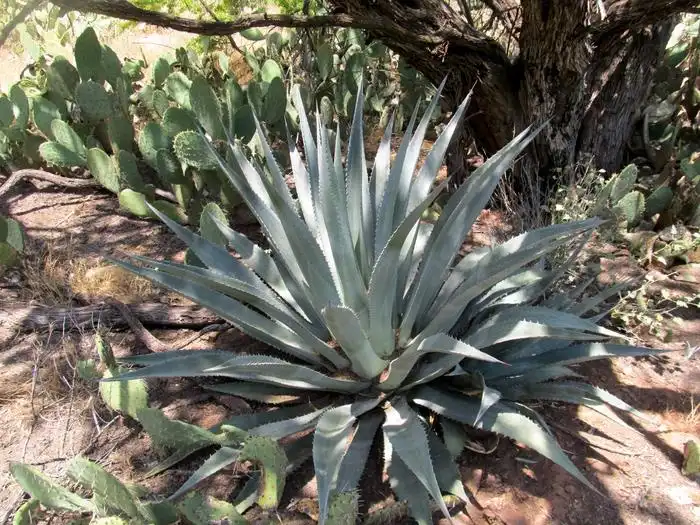
Mycorrhizal fungi help regulate Earth’s climate and ecosystems by forming underground networks that provide plants with essential nutrients, while drawing carbon deep into soils. Scientists and conservationists have been racing to find ways to protect these underground fungi, but they…
Read More




